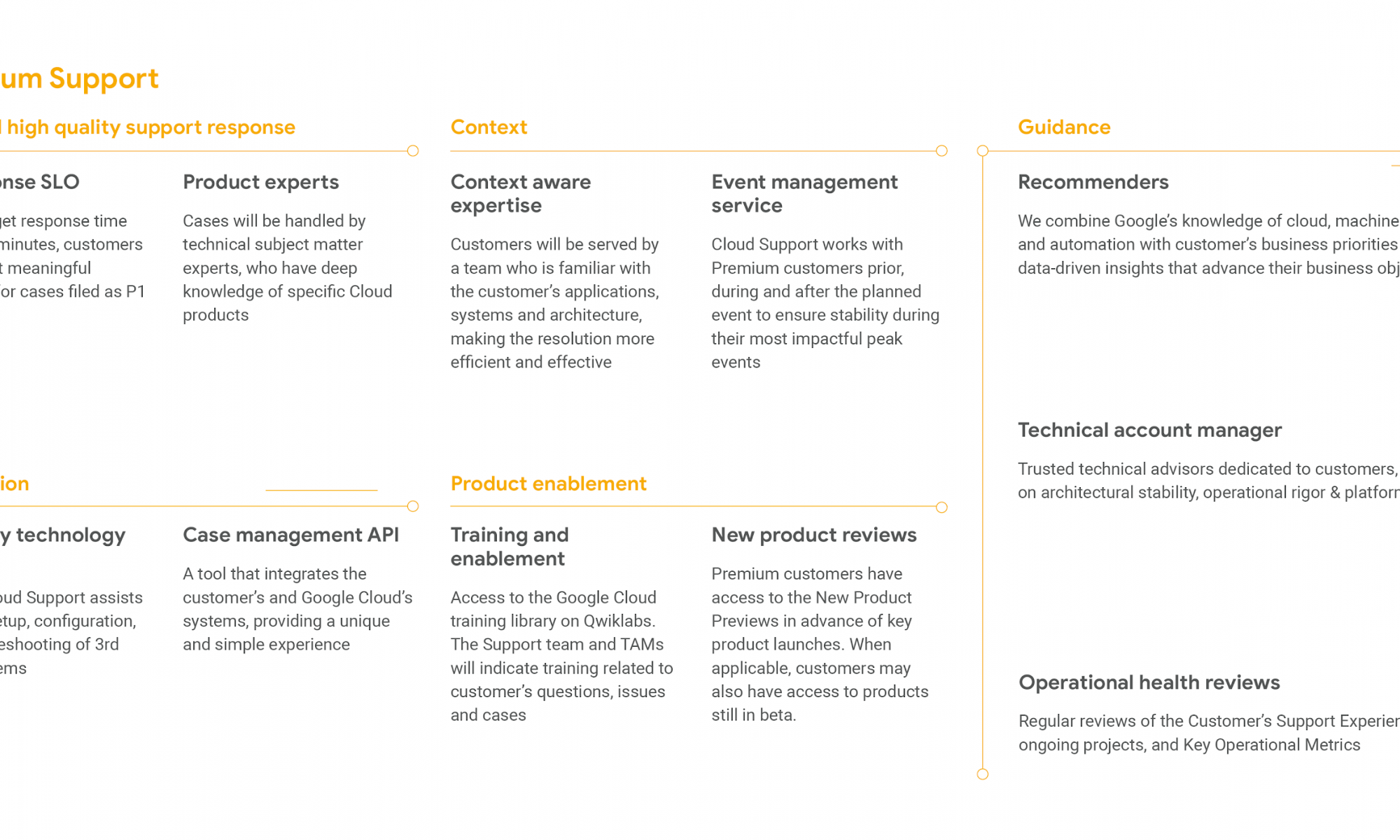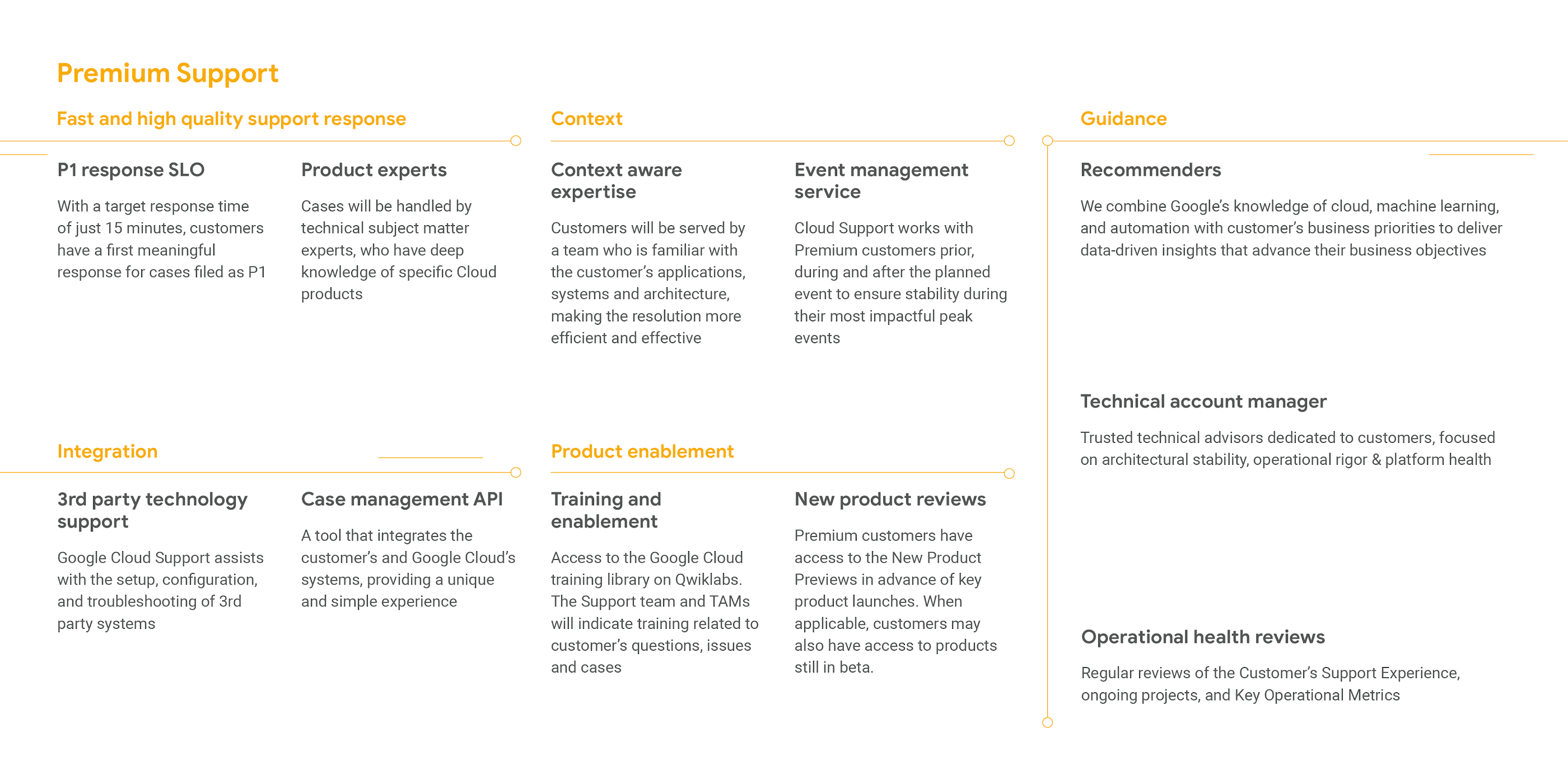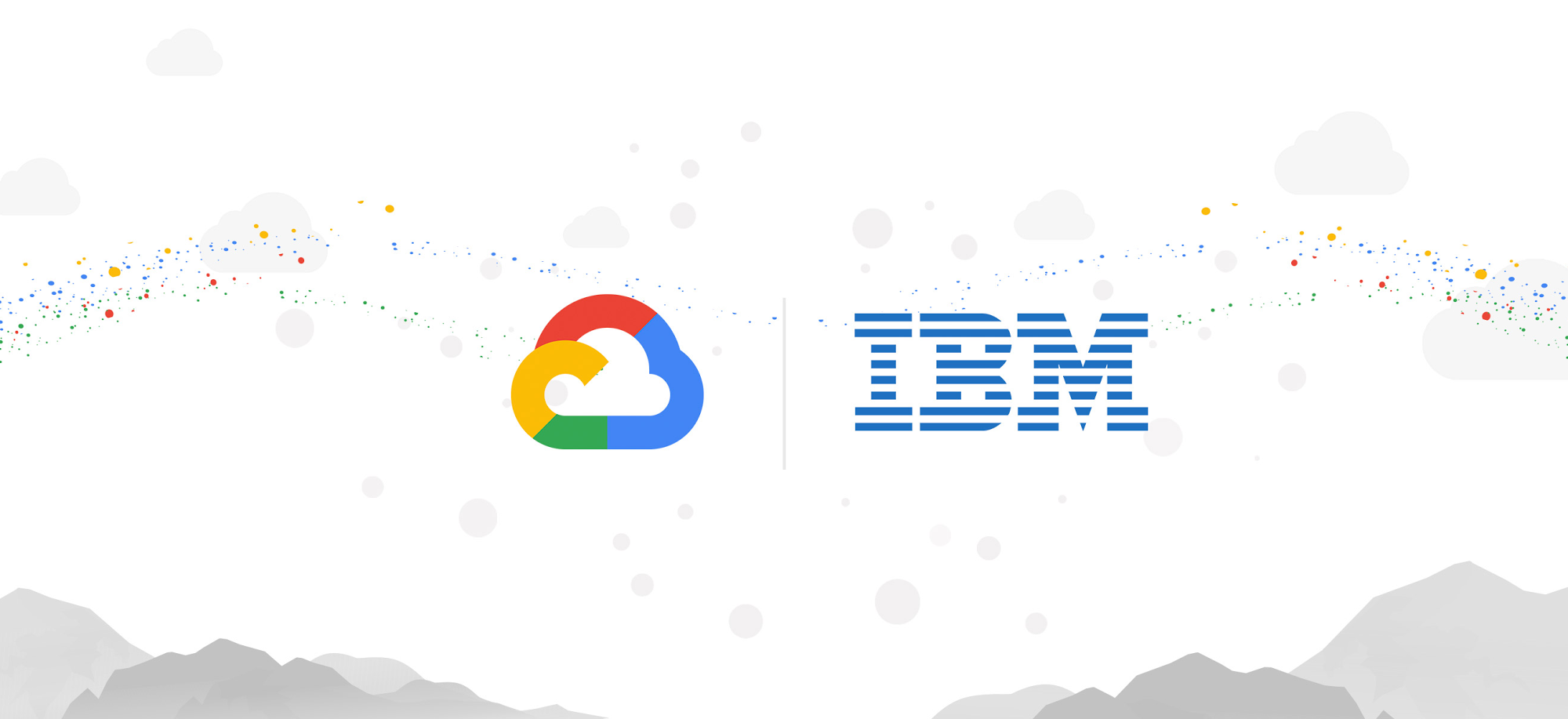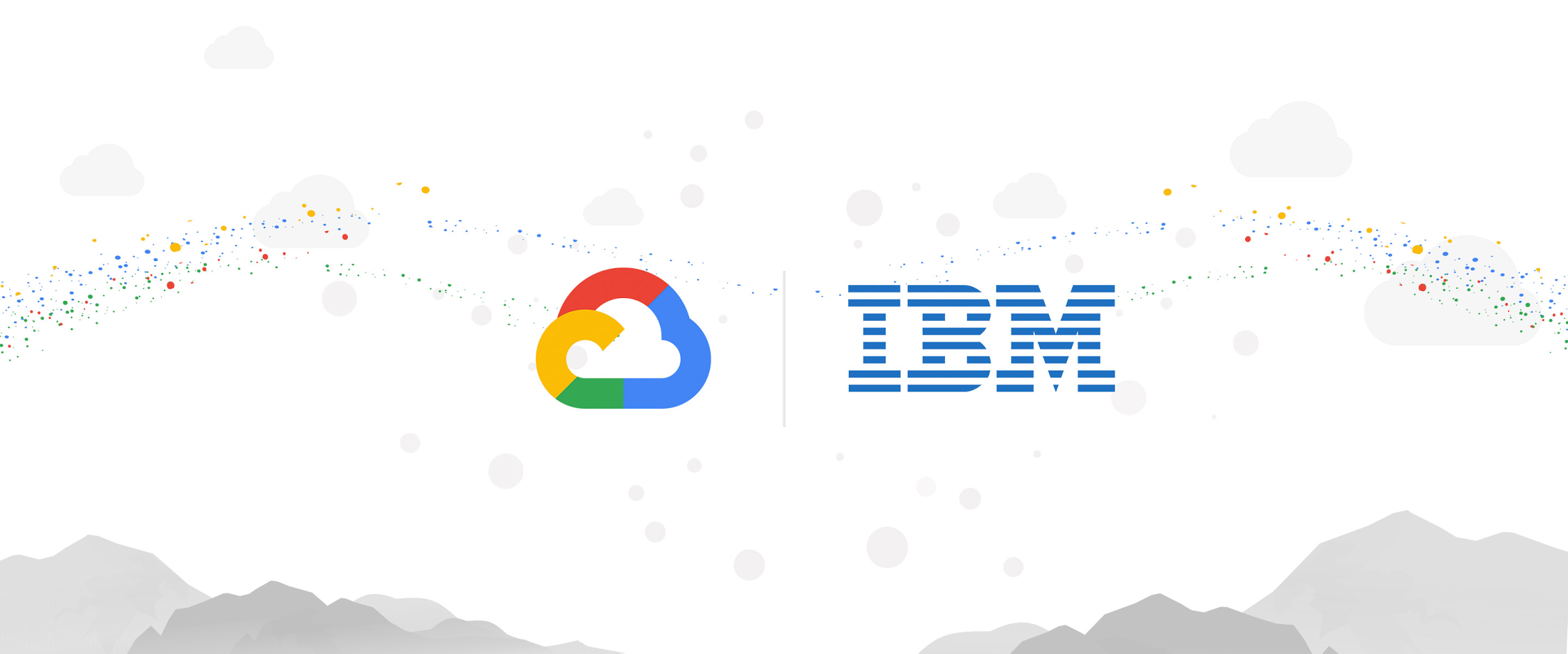Elizabeth Gore
Contributor
Elizabeth Gore is co-founder and president of
Alice, a free multi-channel platform powered by AI technology that guides business owners by providing access to funding, networks and services.
More posts by this contributor
“Keep your head high and give them hell.”
My grandma, Opal Thompson, once wrote that to me in a letter, like the dyed-in-the-wool, strong Texan woman she was. It is now tattooed on my forearm for all to see. Memories of her powerful presence and great advice have been a North Star on my path to entrepreneurship, as well as the kick in the pants I have needed along the way to confidently go toe-to-toe with nonbelievers in my industry. “Honey, you need to work harder and smarter than men and get ‘er done,” she once told me. It may sound folksy, but it’s gotten me to where I am today.
Last October, my fearless cofounder Carolyn Rodz and I “gave them hell” with an announcement of which I couldn’t be prouder: our small business growth platform Alice just closed a Series A round of funding. That’s a major accomplishment that I think is newsworthy in its own right. But, the headline is even better. We required a morality clause in the funding agreement, legally demanding repercussions in the event of racial, gender, or sexual orientation discrimination.
As we were pitching Alice for funding, Carolyn and I went back to the fundamentals of why we started Alice for small business owners in the first place. Our platform exists to break down barriers to growth for our community of more than 100,000 business owners — especially entrepreneurs who are women, veterans, people of color, or members of the LGBTQ+ community.
Whether that means access to tips and best practices or funding opportunities of which they otherwise wouldn’t be aware, our job is to help small business owners “get ‘er done” — whatever that means to them. For us, there is an immense responsibility in being a comprehensive resource that small business owners trust to help them grow their ventures. We’re always encouraging our owners to try new approaches and go big in every aspect of their development, and that includes pushing owners to challenge institutions that stand in the way of their successes.
One institution that has long stood in our way is the silent perpetuation of discriminatory and predatory behavior by influential investors. While we’ve seen a rise of so-called “Weinstein” clauses drafted in the wake of the watershed #MeToo movement two years ago, most of those cases refer to protections for investors against investee executives who have outstanding allegations.
This is an important step in the right direction of instilling accountability at all levels of business. But we were left asking ourselves, “what happens when an investor is the one #MeToo’d?”
We at Alice were troubled by the lack of legal consequences for key decision makers, from board members to venture capitalists, given the reputational harm their actions could inflict on the businesses they touch. So to protect the reputation we have worked so hard to build for Alice and to protect the business owners who seek us for help every day from across the globe, Carolyn and I decided to lead by example and take a stand with our own investors. We took the “Weinstein” clause and flipped it, giving our board members the agency to use corporate governance mechanisms to vote for removal of any board member in the event of a #MeToo event, racial discrimination, or sexual orientation discrimination incident. Simply put, Alice and its investors are not afraid to show you the door if your behavior doesn’t serve the best interests of our community of entrepreneurs.
Including this provision was crucial to our vision for the company as we continue to grow. It echoes our core values of inclusivity within our online business community. And, as our users seek venture capital, we want them to know that they have the right to stipulate what should be common sense legal protections while still securing the funding they need. We have provided the clause openly here so everyone can take advantage — and not have to pay the legal bills we did.
Making sure that this information is available to anyone who wants it is part of our commitment to ensuring that everyone in business gets a fair shake. To have other founders include morality clauses like ours in their funding agreements is as important to me as the fact that we did it ourselves. We must make this a trend.
Our morality clause is also important to us as we strive to improve the broader business community and the way we all seek funding. Small businesses represent nearly 95 percent of all U.S. employers and support the careers of more than 50 percent of Americans.
But, while the small business landscape is changing into a New Majority, with more women, people of color, and LGBTQ+ folks starting businesses every day, the demographic of venture capitalists is much slower to change. To date, 89 percent of venture capital deciders are still men, and of all the investments they make, only 2 percent of them are in female-owned businesses. Less than half of a percent of women who receive venture capital are Latina, and the representation is even worse for other minority communities of entrepreneurs.
By now, Carolyn (who is Latina herself) and I have learned that we have to make our presence known in a business world that has often excluded us. And as more #MeToo behaviors come to light across industries, we’ll be able to protect our businesses and entrepreneurs making lasting impacts on our communities.
As we look to the next chapter of Alice and its expansion into new markets in 2020, we will continue to share our unique funding story with hopes that other small businesses will be inspired and empowered to do the same.
Venture capitalists be warned: the New Majority of entrepreneurs is here to stay, and our morality clause is just the beginning of a new path to small business success.
I think Grandma Opal would be proud.

Source: Tech Crunch






